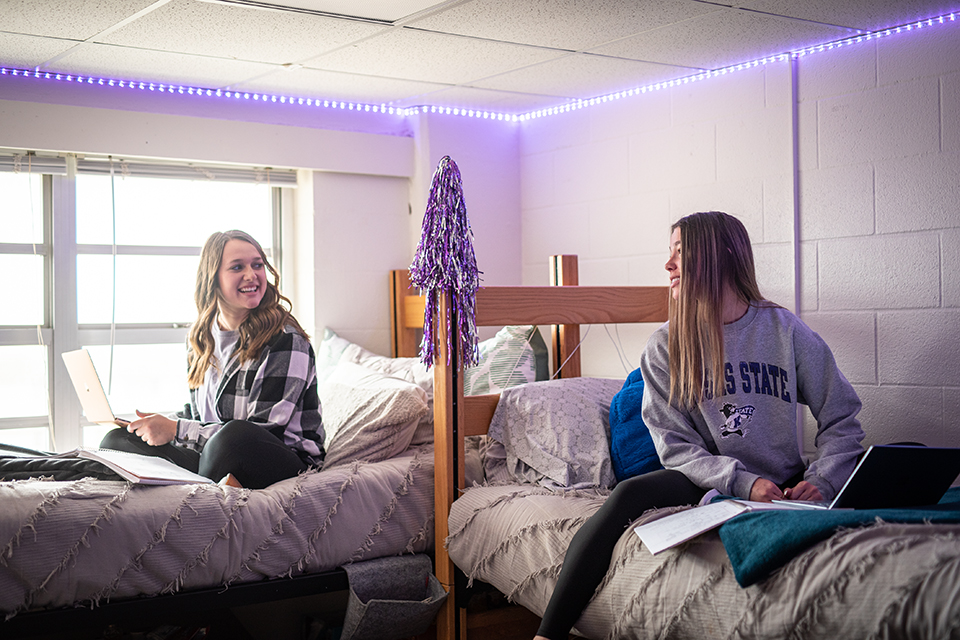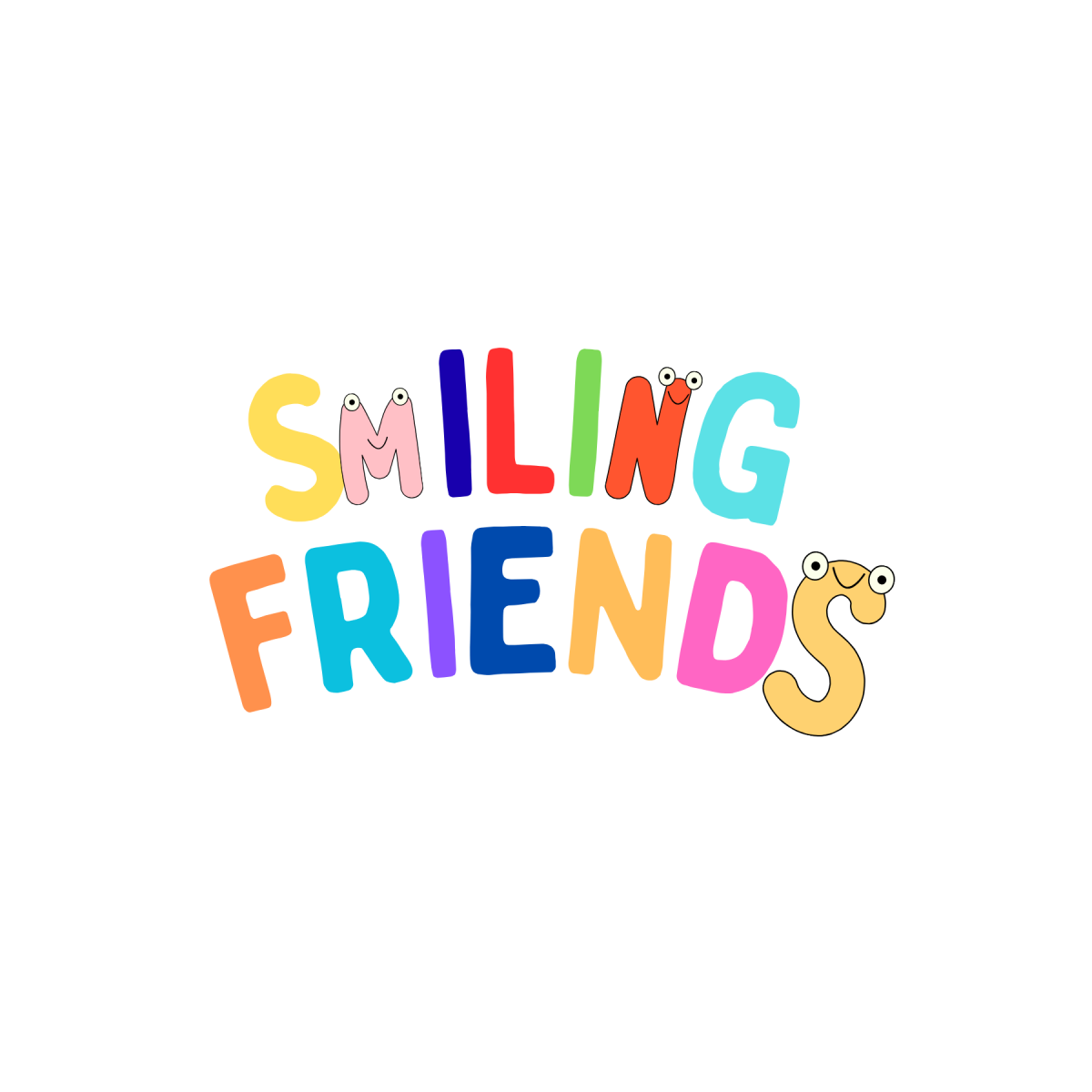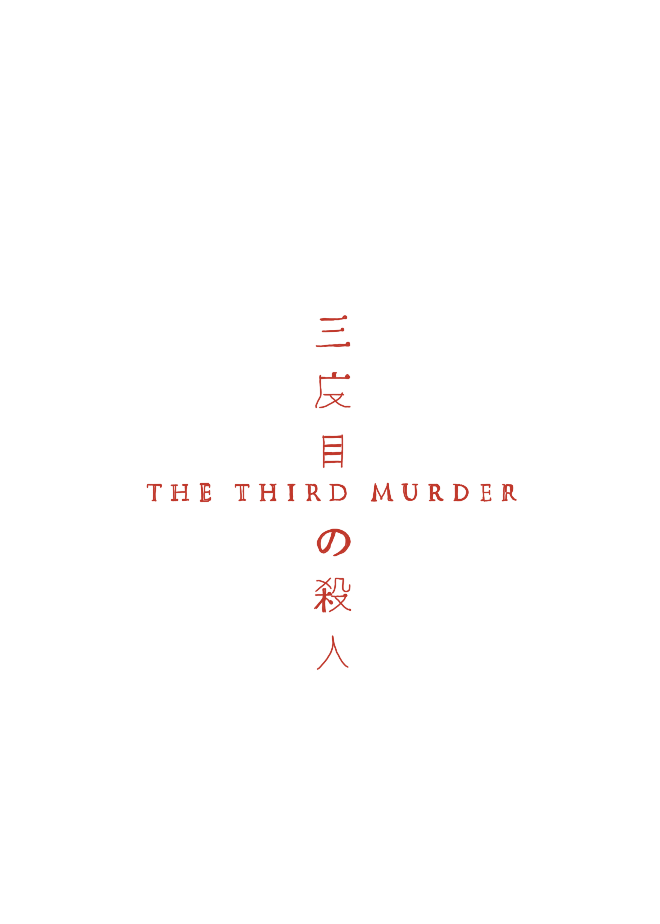If you want to expand your learning horizons without breaking the bank, online educational resources are here to help. These platforms provide a world of knowledge right at your fingertips. They offer everything from math and science to art and history.
Whether you’re a student wanting to supplement your schoolwork or just someone eager to learn something new, there’s something for everyone.
Consider tapping into free courses provided by nonprofit organizations like Khan Academy. They offer lessons in various subjects. You can also explore open resources from OpenStax, where you can find textbooks and tools available to anyone. These resources can enhance your learning journey, making it more engaging and diverse.
Why limit yourself to conventional textbooks when you can explore various open educational resources? The learning possibilities are endless, from videos and interactive programs to full-blown courses available on platforms like edX. So dive in and enjoy the vast, free world of online learning!
Exploring Online Educational Resources
When exploring online educational resources, you’ll find a mix of courses, projects, and collections. Open Educational Resources (OER) make education accessible and free, empowering both teachers and students.
Finding quality online resources can enhance learning experiences significantly.
Types of Online Educational Resources
There are many types of online educational resources to explore. You can find interactive courses, which include videos and quizzes to keep you engaged.
Websites like OpenStax provide open textbooks, offering a wealth of knowledge in a structured format. Collections of resources, such as those on OER Commons, allow you to dive into different subjects at your own pace.
Google Classroom is another tool that helps teachers organize materials and interact with students. There’s also Opencourseware, which gives access to course materials from various universities. With so many options, you’re bound to find something that fits your learning style.
The Importance of Open Educational Resources
Open Educational Resources (OER) have transformed education by lowering costs and removing barriers. As a learner, you get free access to high-quality resources anytime, anywhere. Teachers appreciate how OER allows them to adapt materials for their specific classroom needs.
These resources often include open textbooks, projects, and courses that provide practical learning experiences. The collaborative nature of OER also means teachers and students can share and improve resources together. In this way, OER creates a global learning community focused on accessibility and innovation.
Finding Quality Resources
Finding quality online educational resources involves knowing where to look. Start with reputable platforms like OpenStax or OER Commons, which offer well-reviewed materials.
Check if resources are updated regularly to ensure you’re getting current information. Consider ratings and reviews from other users to gauge the effectiveness of a resource.
For teachers, connecting with colleagues through professional networks can lead to recommendations on useful collections or courses. By staying curious and open, you can discover resources that make learning both effective and enjoyable.
Implementing Online Resources in Education
Incorporating online educational resources can transform how you approach teaching and support student learning. From integrating these tools into your curriculum to fostering open collaboration and providing resources for teachers, these strategies can help improve educational outcomes.
Integration Into Curriculum
When you integrate online resources into your curriculum, you can create more dynamic lesson plans. Using digital platforms, like interactive apps and podcasts, teachers can align materials with state standards. This assures that students meet common core goals.
It’s helpful to identify which resources best suit your subject. For example, science teachers might use virtual labs, while language arts educators could benefit from online libraries.
By tailoring these tools, you ensure they complement your existing curriculum, making learning engaging and relevant.
Break down lessons into smaller, manageable tasks. Encourage students to take part in interactive assignments. This approach fosters personalized learning and keeps them motivated.
Additionally, maintaining a flexible strategy ensures that you can adjust as digital resources evolve, keeping materials fresh and impactful.
Open Education and Collaboration
Open Educational Resources (OER) can enhance teaching by promoting collaboration among educators. They provide the chance to share lesson plans and teaching resources, like videos or worksheets, often at no cost.
This open-access model enables teachers to adapt educational materials, making them more personalized to students’ needs.
By joining online communities or forums, you can collaborate with teachers worldwide, exchanging ideas and strategies. This builds a supportive network that enriches professional learning.
Encouraging students to work together on projects, using OER, develops their collaboration skills too.
These open resources also support self-paced learning. Students can access materials anytime, allowing them to review concepts or explore new ones. Incorporating this flexibility encourages independence and helps students take control of their learning journey.
Resources for Educators
There’s a wealth of resources available for teachers to enhance their teaching methods.
Educators can access a variety of interactive tools and materials through digital learning guides or free online accounts.
These resources help create engaging lessons and diverse learning experiences.
Consider joining platforms where you can access a digital library filled with books and articles.
They give you fresh insights and teaching strategies.
Podcasts and webinars offer ongoing professional development, offering tips and techniques on the go.
A focus on personalized learning through these resources means you can tailor instructions to student abilities and interests.
This approach encourages an inclusive environment where every student’s learning style is respected, helping them reach their full potential.




























































































































